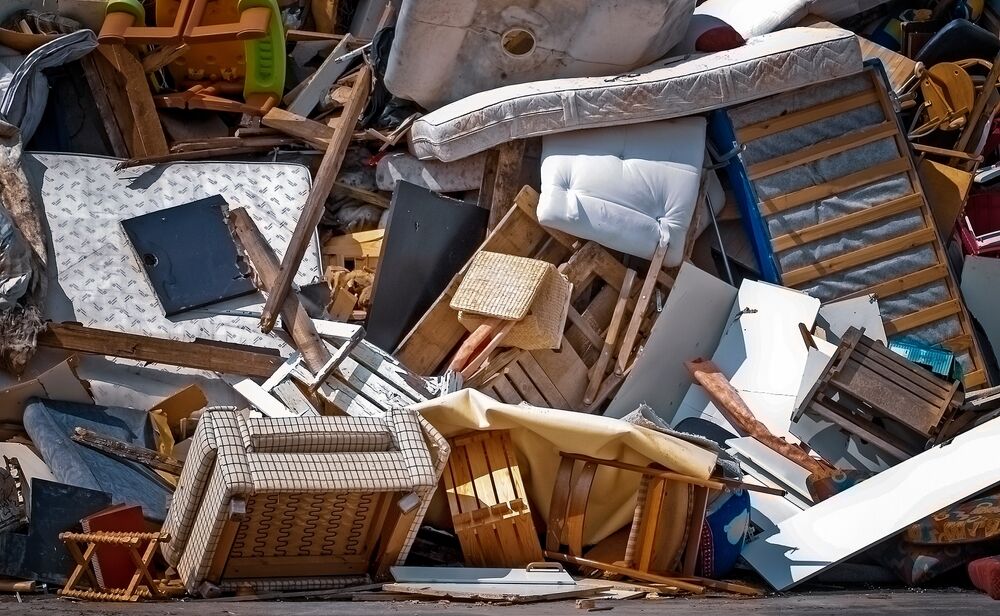One defining trait of 21st-century humans is our high level of environmental awareness. Despite things seeming bleak regarding climate goals and policies, people are more aware of their impact on the environment and this is why there is a conscious effort to make sure that every aspect of our lives is eco-friendly. One such movement rallies around our furniture, whose production constitutes a lot of deforestation and environmental degradation but on the grand scale, doesn’t make as much of a dent as the big emitters like automobiles and Air industries but is still a contributor nonetheless. Take a look at why old furniture is bad for the environment.
Use of Toxic Chemicals
Despite its progress, the last century was plagued by the need to apply toxic chemicals to products to enhance them. Furniture making is not exempt from this practice, and some of the chemicals used still linger and cause many issues. Sure, materials like wood, cotton, and bamboo are mainly used for furniture making, all of which are safe options, but they are often treated with hazardous chemicals that negatively impact your health and environment. Some chemicals found in furniture include arsenic, formaldehyde, benzene, Vinyl acetate, Trichloroethylene, and PBTEs. Some of these are carcinogenic, harmful to the reproductive system or fetuses, or will eventually seep into the environment and adversely affect the environment when disposed of at a landfill.
Constitute Environmental Waste On Disposal
If you were to take a step back and analyze humanity’s attempt to reduce its impact on the environment, waste disposal remains pathetically embarrassing. Landfills filled with plastic and other non-biodegradable materials still pollute the environment and continue increasing with no end. Furniture is especially a problem because it can be made from a range of diverse materials such as timber, synthetic textiles, foam, metals, and plastics. Some of these are not biodegradable, meaning they won’t decay and can break apart into smaller pieces called microplastics, some of which infiltrate into the food chain, causing untold harm to biodiversity in the future. It might seem like it’s all doom and gloom with no solution but the best way to dispose of old furniture is not through waste incineration facilities or landfills as those release harmful chemicals into the environment but through responsible recycling and reuse of old furniture. In short, discarded furniture is a problem even when it’s well disposed of.
Hotspots for The Formation of Mold
This mainly occurs with furniture made of timber, but it still hurts furniture, albeit mainly relating to your health. In a well-meaning albeit misguided attempt to reuse furniture to reduce its environmental impact, mold growth can proliferate through your furniture. This especially happens when you place this old furniture in a place with a lot of moisture. This mold growth can spread mold spores, which can adversely affect your health.
Eco-Friendly Junk Removal With Trash Bandits Junk Removal
All in all, what happens to old furniture should be more on people’s minds, and steps should be taken to reduce their environmental impact. Much of the problem comes from the fact that they end up in landfills, but an eco-friendly junk removal contractor can help ensure that this doesn’t happen. Trash Bandits Junk Removal is southern New Hampshire’s best choice for the job! We’ll ensure that your junk is removed safely, quickly, and in an eco-friendly manner. Contact us today if you need old furniture disposed of!

